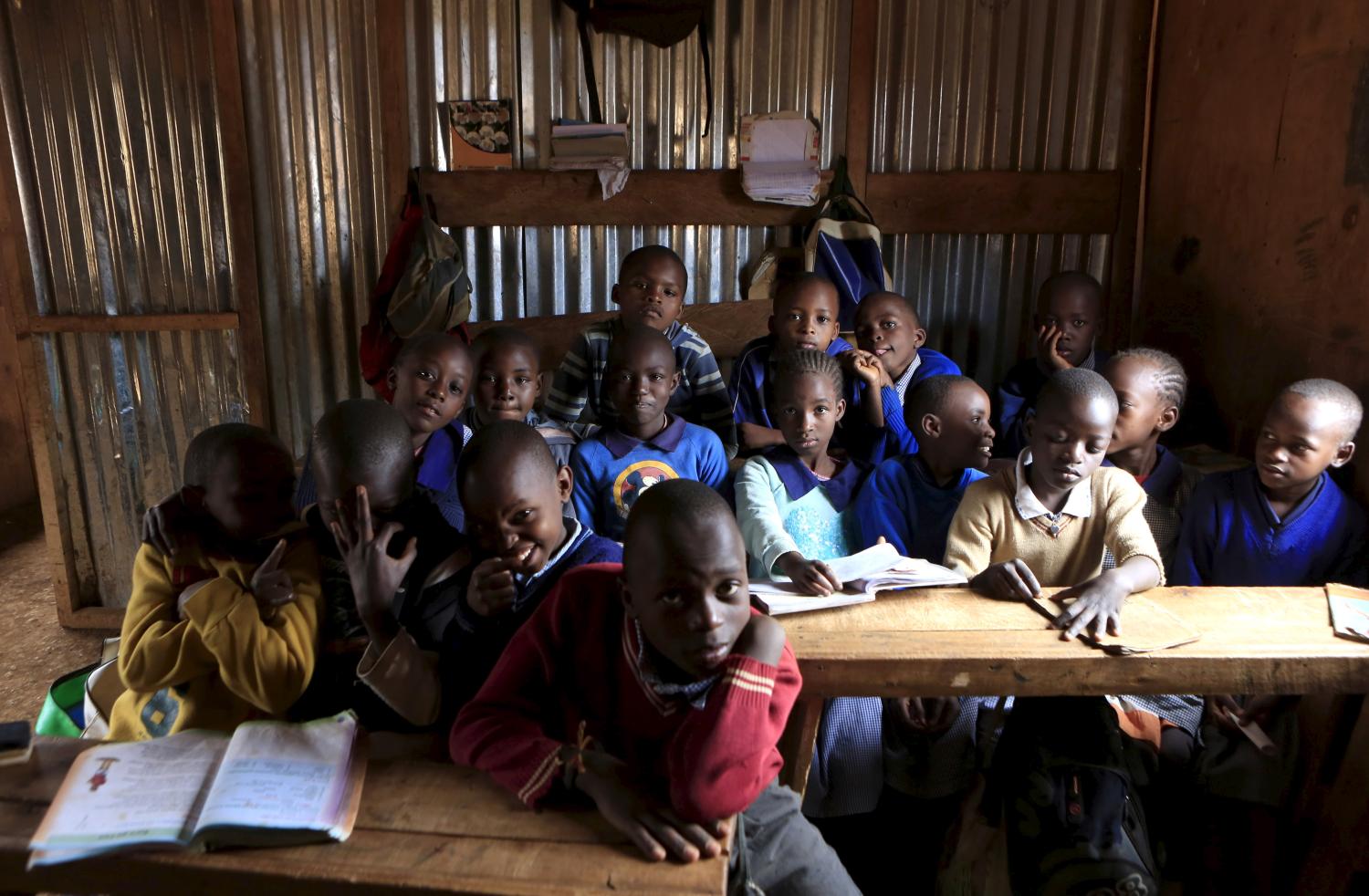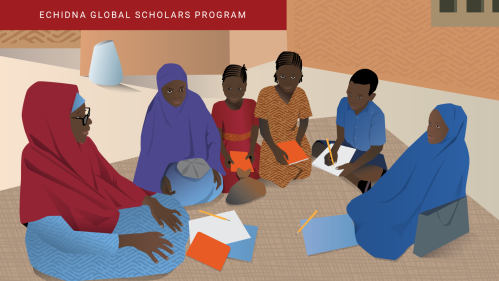Summary
Global education plays an important role in contributing to U.S. foreign policy objectives. In a recent speech, Secretary of State Hillary Clinton highlighted education, along with health, agriculture, security, and local governance as the core areas for U.S. international development investment. She emphasized the importance of education, particularly of girls and youth, in improving global stability, speeding economic growth, and helping global health, all of which advance U.S. interests in the world.
But how effective has the U.S. government been in supporting global education? Unfortunately, its many good education activities and programs are not leveraged for maximum impact on the ground, especially in situations of armed conflict and state fragility. Challenges of U.S. foreign assistance—for example, fragmentation across multiple agencies, lack of policy coherence, diminished multilateral engagement—generally affects its work in education. Luckily some of the core strengths of U.S. assistance have an impact as well, specifically the large amount of resources (in total terms, if not relative terms) devoted to education and the vast breadth and depth of American academic, philanthropic and NGO partners engaged in pioneering work on education in the developing world.
This report analyzes the effectiveness of U.S. government education work specifically in relation to conflict-affected and fragile states. Findings across five domains—global reach, resources, technical expertise, policy and multilateral partnerships—show that U.S. education aid falls critically short of what it is capable of achieving. The U.S. government has substantial strengths in this area, especially in global reach, resources, and technical expertise, demonstrating a real comparative advantage in the field of education in situations of conflict and fragility. However, its fragmented policy across agencies and its limited multilateral engagement prevent it from maximizing its strengths, leaving it punching below its weight on this important issue. In this sense, the U.S. government is a classic underachiever, failing to efficiently deploy its many capabilities and potential for maximum impact.
There has never been a better time for looking at the aid-effectiveness of U.S. government education work. The Obama administration is bringing increased focus on the Paris Principles for Aid Effectiveness to its development initiatives. The U.S. Congress is actively engaged with pending legislative action to modernize foreign assistance and improve U.S. support for universal education. Two major reviews of foreign assistance are underway: the Quadrennial Diplomacy and Development Review led by the Department of State and USAID, and the Presidential Study Directive on U.S. Global Development Policy led by the White House.
Questions about foreign assistance reform asked in these two reviews can be applied to the education sector. For example, how can the U.S. government improve its education assistance by using a “whole-of-government” approach, by focusing on comparative advantages and strengths, and by improving coordination and by increasing multilateral engagement?
Careful analysis and answers to these questions can help propel the U.S. from its current position as an underachiever to being a leader in global education, specifically in contexts of conflict and state fragility.
This report makes nine specific recommendations, many of which could be achieved without any substantial increase in funding, that would enable the U.S. government to greatly increase the effectiveness of its education aid to populations living in contexts of conflict and state fragility.
The Brookings Institution is committed to quality, independence, and impact.
We are supported by a diverse array of funders. In line with our values and policies, each Brookings publication represents the sole views of its author(s).




